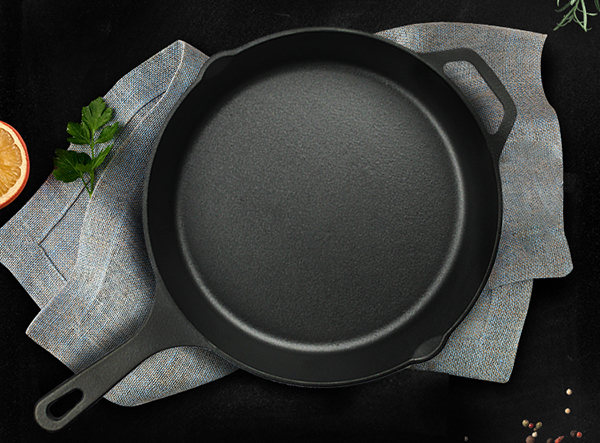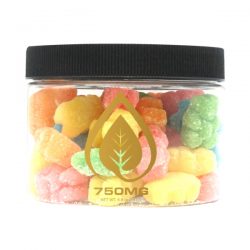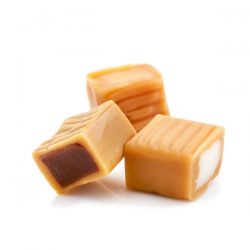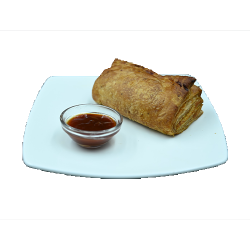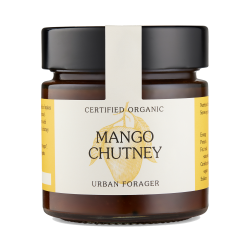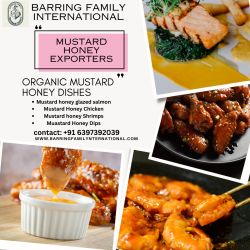4 things you Should Never do with cast iron
The list of things you can’t cook with cast iron is much shorter than you should be — we promise. Here are four things to avoid.
Most people who cook in cast-iron POTS like to cook with the heat of a thousand SUNS. After all, they’re a must-have for so many single-pot meals, not to mention they’re handy for everything from breakfast to dessert (really — these cast-iron desserts are awesome). However, while your frying pan can be used to make all of these delicacies, it’s not a one-size-fits-all tool.
Find out which dishes you should avoid making in cast iron, then master cast iron cooking with our guide.
4 Things you Should Never do with cast iron:
Smelly food
Garlic, chillies, some fish, stinky cheese, etc., tend to leave aromatic memories in your pot, which appear in the next few things you do with it. Ten minutes in a 400ºF oven will usually eliminate odors, but it’s best to avoid cooking food.
Eggs and other sticky things
Once your pan is well seasoned, there should be no problem. But when your pan is new, even if it has been seasoned, sticky substances like eggs can still cause problems. Unless you like brown eggs and a sticky pan, place them in a regular non-stick pan for a while.
Delicate fish
The same insulation means your steak will get a nice brown crust in a cast-iron pan, which could be the end of your lovely trout or tilapia fillet. Save the delicate fish for the non-stick pan, too. But salmon and other succulent fish that can withstand high temperatures are good. Try our cast iron salmon recipe for perfect crispy skin and fillet.
Something acidic — maybe
There seems to be mixed feelings about this. Some say tomatoes or lemons react with the metal, allowing it to seep into the food and break down the saucepan’s seasonings. Others think it’s a myth. If acid is causing your pan to discolor slightly, sosu sander will fix it.
One thing to note: This list applies to traditional cast-iron pans. If you have an enamel cast iron pan, you don’t need to follow this list — you can cook!
If your cast-iron pan does make a mistake and it gets dirty – we have the cleaning tips you need and a step-by-step lesson on how to re-season the pan. Cast iron is hard enough to withstand a slip or two.
For daily cleaning, rinse with hot water and use a hard nylon brush to remove residue. For extremely greasy pans, use a mild dishwashing liquid. And don’t dip a hot pan in cold water; It will break. Towel dry and lightly coat the pan with oil while it is warm.
But when you use it like Grandma, even if you clean it every day, you may notice food starting to stick. That means it’s time to reflavor the pan.
Season the cast-iron skillet
Flavoring is the process of sticking oil to a surface to form a non-stick coating. The new pan is factory seasoned, but if you have an old one, here’s how to make it.
What you need:
The aluminum foil
Hard brush
Hot soapy water
Clean towels
Vegetable oil
Instructions:
Step 1: Line the lower rack with aluminum foil and preheat the oven to 350°.
Step 2: Scrub the pan with hot soapy water and a stiff brush to remove rust.
Step 3: Towel dry and lightly coat the entire pan with vegetable oil — exterior and handle included.
Step 4: Place on oven rack, invert; Bake for 1 hour.
Step 5: Turn off the oven and let the pan cool inside. Now you can cook
